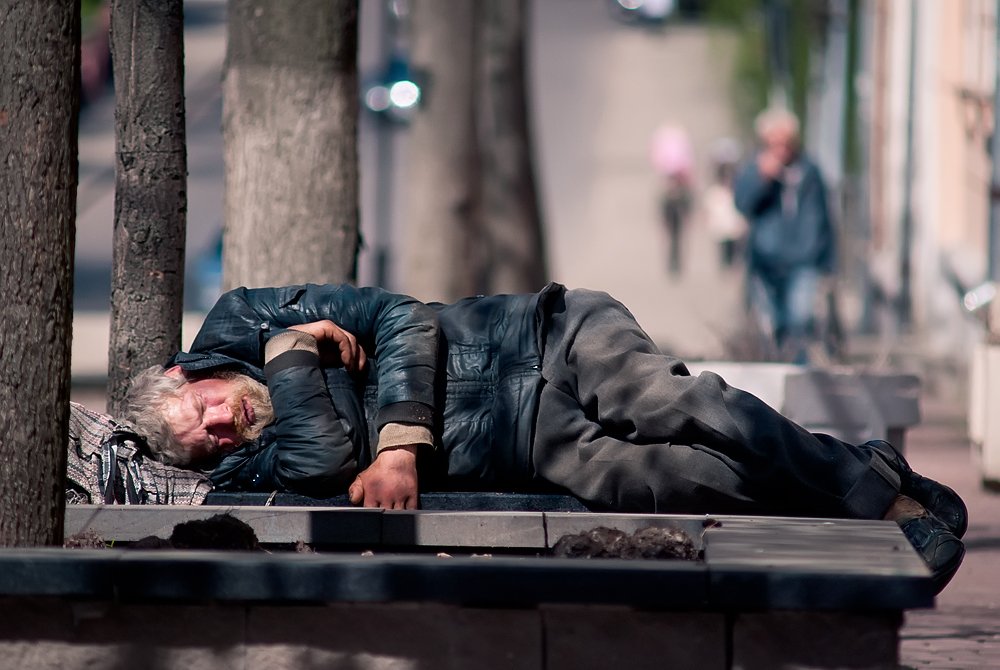A rise in anti-homeless architecture and the designers working against it
It is nearly impossible to go a day in London without noticing the devastating prevalence of homelessness. A study conducted by Shelter last year found that 1 in 58 people living in London are homeless. In a country that celebrates an average life expectancy of 80–83, the life expectancy of a person experiencing homelessness is slashed to 46 years for men and 42 for women. Cases of homelessness have risen by 54% since 2013.
For a city facing such serious levels of homelessness, we might expect solutions to centre around the provision of support and shelters. Whilst these do exist, the support offered has not grown in proportion to an increasing homeless population. The need for homelessness support has outstripped its supply, and what has risen in its place is more malicious.
Once you’re aware of hostile architecture, it becomes difficult to ignore. Hostile architecture, sometimes referred to as ‘defensive architecture,’ is designed with the intention of limiting “undesirable” activity. The practice has infected public spaces in the United Kingdom. In Central London alone, benches are slanted or broken up with metal divisions to prevent people from lying down. Planters are placed strategically in sheltered places to occupy space that might otherwise be used for rest. In what is perhaps its most shameless form, metal spikes—similar to the nails stuck on roofs to ward off pigeons—sprout from the concrete.
Anti-homeless design is often dehumanising and uncovers an empathy deficit for many in need. In response, photographer Julius-Christian Schreiner, who has worked to raise awareness about the issue, explains his belief that population growth in privately managed spaces has exacerbated the problem:
“In cities, we are seen more as consumers, and if you’re a good consumer you can use the infrastructure, but if you’re a bad consumer you’re not supposed to be in the area.”
It’s an explanation that holds weight as defensive designs take root around supermarkets, office buildings, and shopping centres. In recent years, amidst a swelling outcry towards unempathetic design, there have been numerous small movements against anti-homeless design. Distaste has bubbled into acts of resistance, with residents using cushions to cover spikes or pouring concrete over them so that they have to be removed.
This month, during the London Design Festival, Luke Talbot, a CSM graduate, exhibited a piece in the ‘Design Transforms’ show; a collaboration between Central Saint Martins and UPM. His work, encouraged by conversations around hostile architecture, uses pre-existing architecture to instead create a support system, building accessible design into a city teeming with hostile intent. The result is a portable charger that can be hooked up to docked rental bikes, allowing people to charge their phones for free. An initiative like this could be life-changing for London's homeless population. Access to mobile phones provides access to essential support and services. There are currently 5,000 Santander bikes and 315 docking stations seeded around the city. Talbot has taken advantage of the bike chains which rotate whilst the bike remains inside its dock, using this rotation to charge the power bank.
The prototype utilises existing technology with an integrated dynamo that the artist built himself by following YouTube tutorials. The dynamo, commonly used to power bike lights, converts kinetic energy from the bike's pedals into electricity. It is the same colour as the Santander bikes, providing camouflage, and bears instructions printed in UV ink to allow visibility at night. 70 percent of people experiencing homelessness own a phone, and for those who do, ‘MyPowerBank,’ provides a way to charge it. The project unearths an innovative branch of thought, hacking existing systems to improve the lives of those who inhabit them. To reclaim some control over the public space consumed by for-profit corporations.
The designer found inspiration in the ‘paraSITE shelters’ of artist Michael Rakowitz, whose portable structures make use of the existing hot air vents in buildings to inflate and heat blow-up shelters for the homeless. Luke Talbot claims to have fallen in love with the idea that in a city designed to segregate a certain group of people, he can take “what the city gives away for free… using it against itself.” In a world of harmful design and expensive art that makes little social impact, artists and designers like Talbot and Rakowitz use their work to make statements and enact immediate real-world change.

